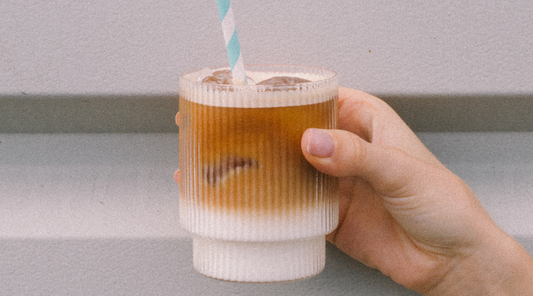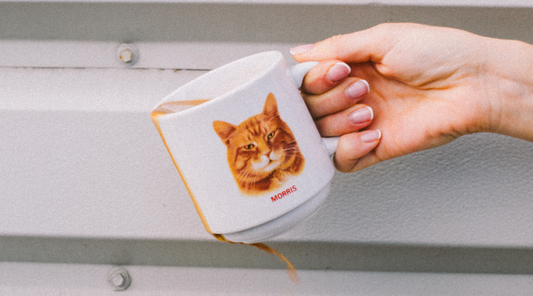
ARABICA VS ROBUSTA INFOGRAPHIC
Did you know that most of the world’s coffee production comes from two different species of coffee? Arabica and Robusta.
You may have seen coffee shops claim ‘100% Arabica coffee!’ on signs outside… but what does Arabica coffee mean? And is Arabica coffee really any good? Read on to find out the answers to these questions and more about the differences with our Arabica vs Robusta coffee infographic.
ARABICA VS. ROBUSTA
ARABICA COFFEE
Arabica makes up over 60% of the world’s coffee production today. Its complex acidity and taste compounds mean that there’s much more variation in the flavour it produces. It’s generally sweeter and has tones of fruits, florals, chocolate and nuts. Generally, it’s more expensive than Robusta. This is because it’s much more delicate and needs more specific cultivation requirements, such as weather and altitude, to grow. Coffee beans from the Arabica species are generally oval, have a pronounced centre crease and are larger than Robusta beans.
ROBUSTA COFFEE
Robusta coffee accounts for 25% of the world’s coffee production and is mostly grown in Vietnam, West Africa, Indonesia and other parts of South-east Asia. Robusta has lower acidity levels than Arabica coffee, meaning it generally tastes much less sweet. Due to its simpler acidity and flavour compounds, Robusta can produce tones of wood or burnt rubber. The Robusta coffee tree is much easier to look after and is much more resilient to adverse weather and disease, which is the main reason why it’s, on average, one third cheaper than Arabica (2016). One other thing, Robusta is good for the caffeine junkies as it generally has about 25% more caffeine. Coffee beans from the Robusta species are generally smaller and more circular than Arabica beans, they are also usually paler and the centre crease is less pronounced.
WHICH COFFEE SPECIES DO WE USE?
Unlike most instant coffee manufacturers, here at Little’s, we only use 100% high-grade Arabica coffee. Using 100% Arabica in instant coffee is quite rare given that there is usually a limit to what people will pay for instant coffee. We believe that the taste of Arabica coffee is much better, plus we can explore the flavour variation of coffee from different parts of the world in our Premium Instant Coffee range.
We’ve made you an easy-to-digest infographic explaining the difference between the two below:

People who read this blog frequently bought our French Vanilla Flavoured instant Coffee. See our full range of coffee here.
Little’s flavoured instant coffee is also available Nationwide at Waitrose, Sainsbury’s and Ocado.













